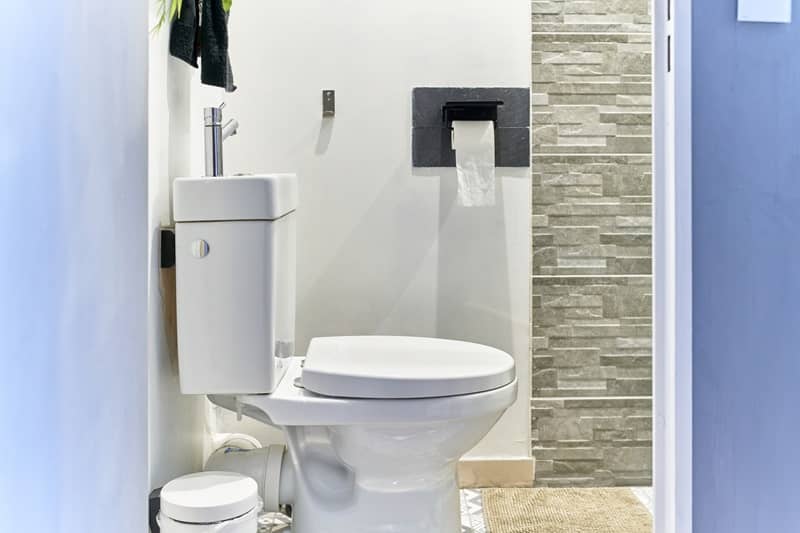Public restrooms are the frontlines in the battle to stop the spread of germs, bacteria, and other contaminants. Cities must rely on these facilities to provide the human right of restroom availability to dozens and dozens of users every single day while still mitigating the potential spread of illnesses and diseases.
Over the past decade and a half, the Portland Loo has stood out as the leading weapon cities have in this never-ending fight. Let’s explore how this futuristic toilet protects against the spread of germs while accommodating a lot of users.
Single-occupancy design
Most public facilities sacrifice hygiene in the name of efficiency by attempting to accommodate multiple users. While this improves convenience, it dramatically increases the chances of germs and bacteria spreading from user to user. The Loo bucks this trend with a single-occupancy design that places hygiene as a priority. An external sink allows for multi-user functionality while limiting cross-contamination too.
Exterior handwashing station
The exterior hand washing station doesn’t just support the Loo’s single-occupancy design. This innovative feature also encourages users to wash their hands before and after using the restroom and even allows passersby to fight the spread of germs. Cities can even opt for a motion-sensor fixture which would eliminate a hotbed of bacteria. However, the standard faucet knob is easy to maneuver with elbows or wrists.
Stainless steel materials
The Portland Loo incorporates stainless steel in several key touchpoints to take advantage of this material’s germ-fighting properties. Stainless steel’s non-porous, smooth surface makes it hostile to bacteria. Unlike other surfaces that harbor microbes, stainless steel ensures that germs have fewer places to hide and multiply. Maximizing these antimicrobial features, the Loo has stainless steel walls, toilet seats, grab bars, fixtures, door handles, and locks.
Easy-to-clean surfaces
In contrast to traditional toilets which put the user over functionality, the Portland Loo is built for maintenance. The smooth stainless steel surfaces, minimalist design, and small footprint all make for simpler and more cost-effective maintenance. This way, cities of all sizes and budgets have no trouble keeping up with the cleaning requirements of these public restrooms, ensuring a hygienic and safe place to go for everyone.
Motion sensor lights
Light switches are one of the most commonly touched surfaces in a public restroom and, as a result, a highway of germs and bacteria waiting for an exit ramp. The Loo blocks this crosscontamination with motion sensor lights which drastically minimize touchpoints and the spread of microbes. These motion-sensing lights also indicate occupancy for friction-free usage and contribute to more sustainable cities.
Natural ventilation
The Loo’s one-of-a-kind angled louver design maximizes ventilation, unlike airtight conventional designs. This uninterrupted airflow prevents the buildup of moisture and odor which often contribute to the growth and spread of harmful microbes. The Loo’s grated design also plays a crucial role in inhibiting the spread of airborne illnesses which is crucial for high-traffic periods, ensuring a healthier and safer environment for users.
Further Reading: Striking A Balance Between Privacy and Safety
Cold air hand dryer
Another way the Loo effectively limits the spread of germs and bacteria is through the use of cold air hand dryers which make it harder for microbes to transfer by reducing moisture. These hand dryers offer cities a more sustainable alternative to paper towels by reducing waste and decreasing supply costs. Plus, the Loo’s cold air hand dryers use less energy than their hot air counterparts.
The Portland Loo started as a city’s solution to the problems posed by standard public restrooms. Now, it’s an international phenomenon that calls over 20 cities in three different countries home. If you’re interested in bringing the Loo to your city, follow these tips. Feel free to contact us if you have any other questions. We look forward to hearing from you!


